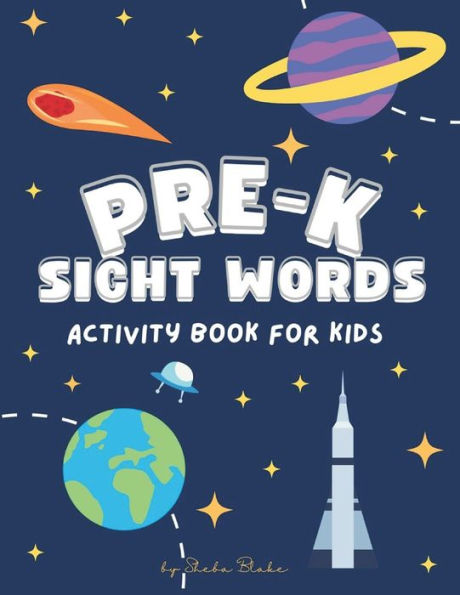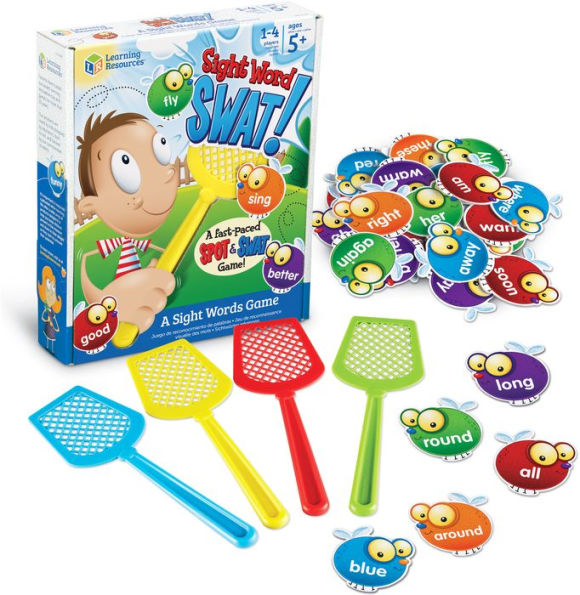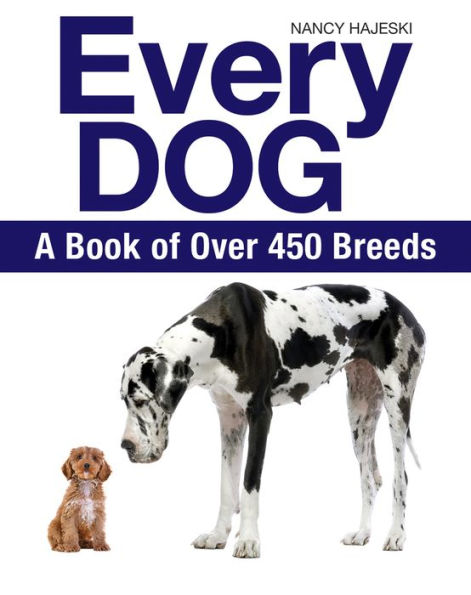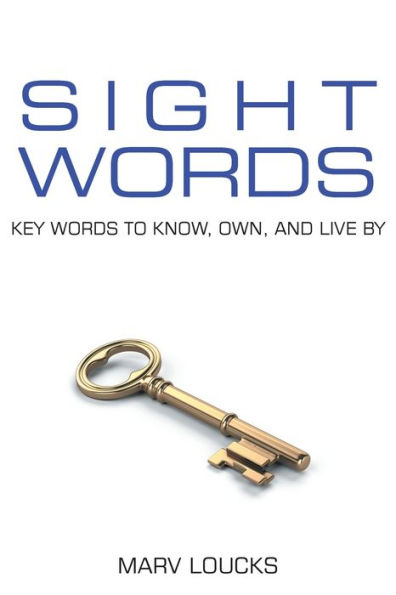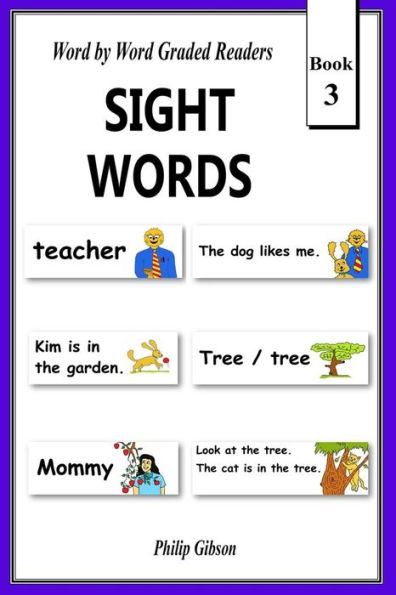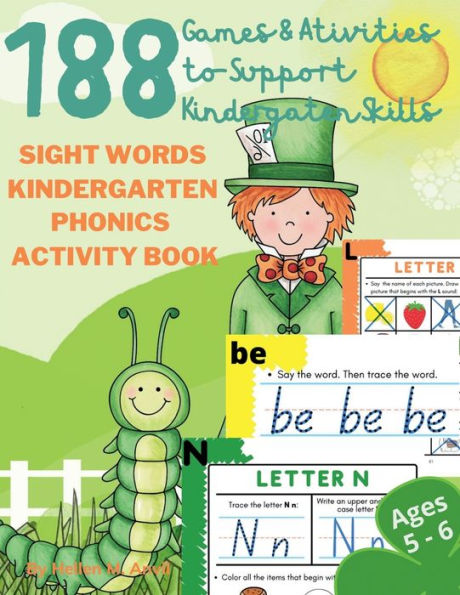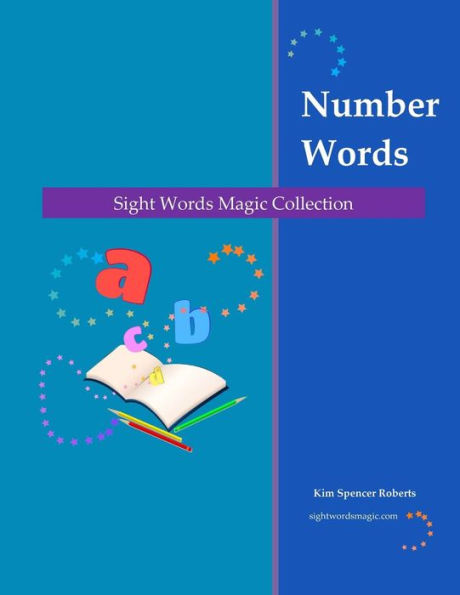Home
Using Phonics to Learn Over 450 Sight Words
Barnes and Noble
Using Phonics to Learn Over 450 Sight Words
Current price: $18.99


Barnes and Noble
Using Phonics to Learn Over 450 Sight Words
Current price: $18.99
Size: OS
Loading Inventory...
*Product information may vary - to confirm product availability, pricing, shipping and return information please contact Barnes and Noble
Using Phonics to Learn Over 450 Sight Words
can help beginning readers learn, in as little as a year, the high frequency words taught in prekindergarten through third grade while also developing their phonics skills. Most of the 450 plus sight words have been organized by their vowel sounds and spelling patterns for students to sound out. With the turn of each page, students are introduced to a new vowel sound and common spelling patterns that are used to make the sound. Each spelling pattern of the vowel sound has been color-coded differently. On the cover page, blue was used for the
o
in such words as
dog
and
gone
and red for the
aw
in the words
draw
saw
. Different colors were used for additional spelling patterns of the short
sound. There is also one additional page of non-sight words all having the letter combination
ow
for students to decode, which is meant to help children distinguish between the
sound heard in
row
and the
vow
.
In addition, a chart with colorful illustrations and a tune to help students learn the A-Z alphabet sounds (a prerequisite to sounding out the words) has been provided, as well as pages to help them learn the consonant blends, soft
c
g
, and the consonant digraphs
ch
,
sh
th
, and
gh
, which they will encounter when decoding the words.
Some of the vowel sounds students will have practice decoding with these materials are listed below. (Note that you can click on the ear icon to hear the sound from your eBook.)
• sounds of
y
(funny, cry)
• short vowel sounds
• long vowel sounds
• vowel sounds changed by a final
e
(ate, these, ride, home, use)
• double vowel patterns (wait, eat, see, coat, blue)
•
CV
CCV
Words (we, she)
• special vowels /ü/ (room) and /u/ (book)
• diphthongs /ou/ (out, cow) and /oi/ (oil, boy)
r
-controlled vowels /ar/ (barn), /or/ (corn), and /ər/ (teacher)
For more information, please see the preface beginning on page 4 or visit the Habakkuk Educational Materials website.
can help beginning readers learn, in as little as a year, the high frequency words taught in prekindergarten through third grade while also developing their phonics skills. Most of the 450 plus sight words have been organized by their vowel sounds and spelling patterns for students to sound out. With the turn of each page, students are introduced to a new vowel sound and common spelling patterns that are used to make the sound. Each spelling pattern of the vowel sound has been color-coded differently. On the cover page, blue was used for the
o
in such words as
dog
and
gone
and red for the
aw
in the words
draw
saw
. Different colors were used for additional spelling patterns of the short
sound. There is also one additional page of non-sight words all having the letter combination
ow
for students to decode, which is meant to help children distinguish between the
sound heard in
row
and the
vow
.
In addition, a chart with colorful illustrations and a tune to help students learn the A-Z alphabet sounds (a prerequisite to sounding out the words) has been provided, as well as pages to help them learn the consonant blends, soft
c
g
, and the consonant digraphs
ch
,
sh
th
, and
gh
, which they will encounter when decoding the words.
Some of the vowel sounds students will have practice decoding with these materials are listed below. (Note that you can click on the ear icon to hear the sound from your eBook.)
• sounds of
y
(funny, cry)
• short vowel sounds
• long vowel sounds
• vowel sounds changed by a final
e
(ate, these, ride, home, use)
• double vowel patterns (wait, eat, see, coat, blue)
•
CV
CCV
Words (we, she)
• special vowels /ü/ (room) and /u/ (book)
• diphthongs /ou/ (out, cow) and /oi/ (oil, boy)
r
-controlled vowels /ar/ (barn), /or/ (corn), and /ər/ (teacher)
For more information, please see the preface beginning on page 4 or visit the Habakkuk Educational Materials website.

